

'Which breathing zone is your home? Where do you unconsciously breathe? Our breath can be divided into 3 zones. Zone 1 is the belly breath (also known as a deep abdominal breath), our most calming breath. When you breath in zone 1 the diaphragm contracts and moves downward toward the abdominal cavity distending the myofascial layers of the abdomen and all its contents. This downward motion of the diaphragm will also move the sister diaphragm of the pelvic floor downwards as well. If you are restricted in this zone due to habits, injury, etc., you will have a more difficult time downregulating, resting and recovering. Zone 2 or thoracic breath, is a combination of the diaphragm and the intercostal muscles of the rib cage. This breath dominance is observed by how much movement there is in the rib cage over the movement of the abdomen. The Zone 2 breath is more sympathetic dominant and needed for sports, heavy lifting, playing, dancing. It braces the midsection to keep your lumbar spine safe. Zone 3, also known as Clavicular breathing, is our emergency breath. This breath happens above the rib cage, into the neck muscles. It’s our startle response breath. These muscles take over in the event of an emergency when we need to make a move quickly but sometimes we can get stuck in these breathing patterns. For day to day living, it’s ideal to live in Zones 1 and Zone 2, creating a nice balance between the two. For complete relaxation, downregulation and recovery, Zone 1 is your home.'
Tags: stress relief , myofascial release , Breathwork , Muscle recovery , yoga tune up , deep breath , diaphragm , vagus nerve , roll model method , downregulation , relaxation techinques
See also:

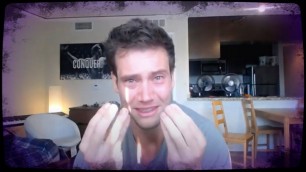
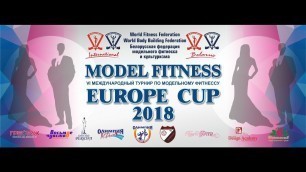
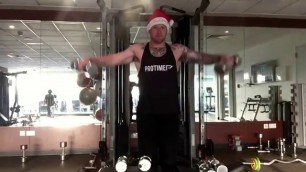
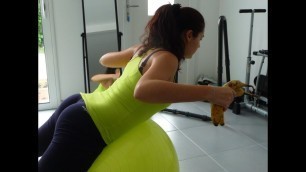

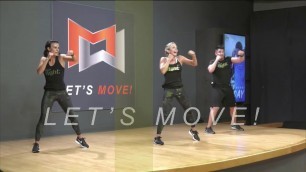

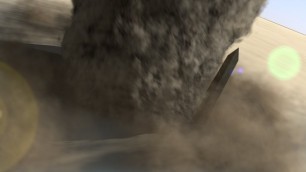

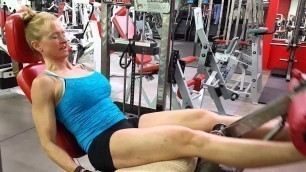





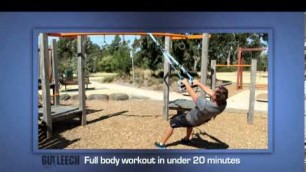
comments